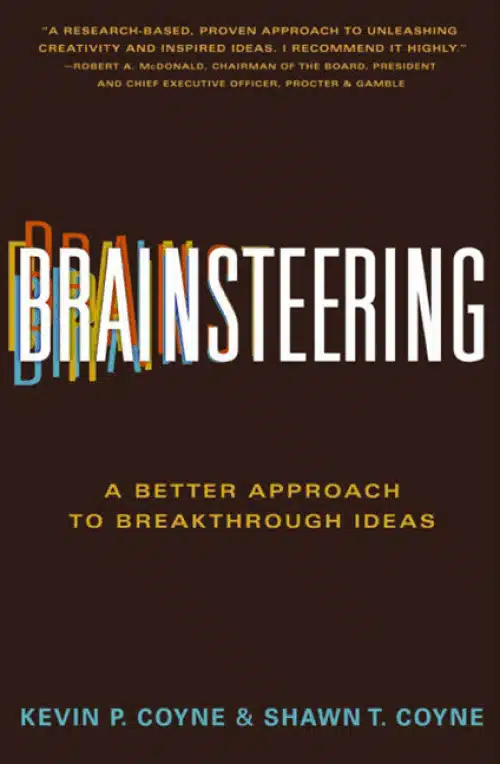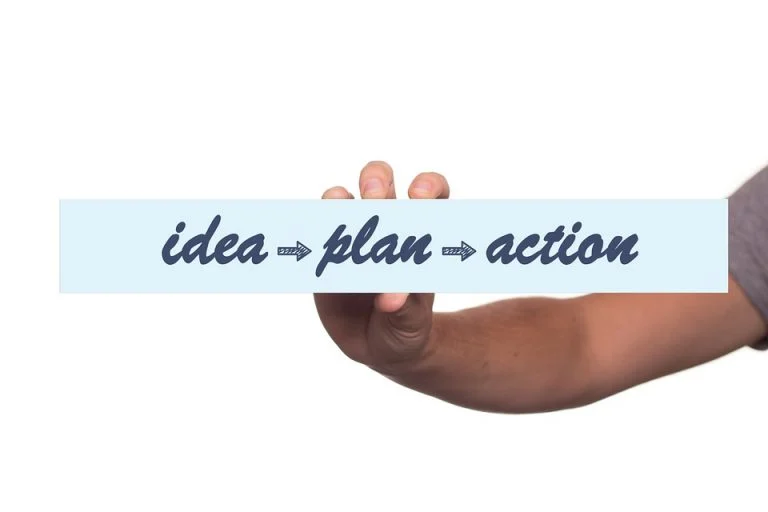Recently had the opportunity to go through the work by Shawn and Kevin Coyne, Brain Steering – A Better approach to Breakthrough ideas. Conventional brainstorming sessions in most organizations, end up being ineffective “tick in the box” affairs without yielding tangible results, mainly due to haphazard planning and poor facilitation. So what are some of the things you can do next time you have to conduct a brain storming session for your team?
Source: HarperCollins Publishers
Here are some thoughts put forward by the authors.
1. Knowing your organization’s decision making criteria –
Source: Flickr
“Think laterally or out of the box” is the common catch word in a lot of such sessions. If the ideas generated by the brain storming sessions are outside the parameters set for implementing new ideas by the top management, the session would have been a waste of time for all involved. The key is to set criteria for “acceptable ideas” – which are easy to understand and do not limit the problem solving ability of the team.
2. Asking the right questions –
Source: Pixabay
Unstructured brain storming sessions often follow a meandering pattern with no actionable outcomes for the team. It is better to guide the session with questions which force the group to think in a new direction while staying within the realms of execution. The authors suggest using around 15 questions for a single session.
3. Choosing the right people –
Source: Pexels
Instead of choosing the attendees for satisfying political agendas, choosing people who can answer the questions stated earlier would yield better results from the session. If external focus groups are used, instead of using demographics to select people within a particular income bracket and occupation, choosing from a wider gamut of people but relevant to the questions under consideration would be fruitful.
4. Divide and Conquer –
Source: Pixabay
Sub group discussions of 4-5 people often yield great results, since they tend to get people more open about sharing their ideas. It also helps in quarantining the “Pessimists” :- who are eager to shoot down ideas though they never seem to contribute any of their own. The questions can be sub-divided into smaller groups for discussion amongst these groups.
5. Setting expectations before the session –
Sharing examples before the session and clarifying what will and won’t be achieved in the session helps in reducing participant pressure regarding their roles in the brain storming session.
6. Summing up the session –
Source: Pixabay
Contrary to traditional brain storming techniques, the authors urge not to rank and eliminate options in the same session, since participants might not have a complete understanding of the business impact of the topic under discussion. Instead they advise to do it separately, while ensuring the decision and criteria for arriving at the final outcomes are clarified to the participants.
7. Follow-up –
Source: Pixabay
Results of the session and the ideas to be taken up for implementation are to be followed up quickly after the session with clear action items and timelines.
Do go through the full book, it is a great read! In case you do not find the time, you can find a crisp article by the same authors in Mckinsey Quarterly.
Do share your thoughts on the same as well.

















